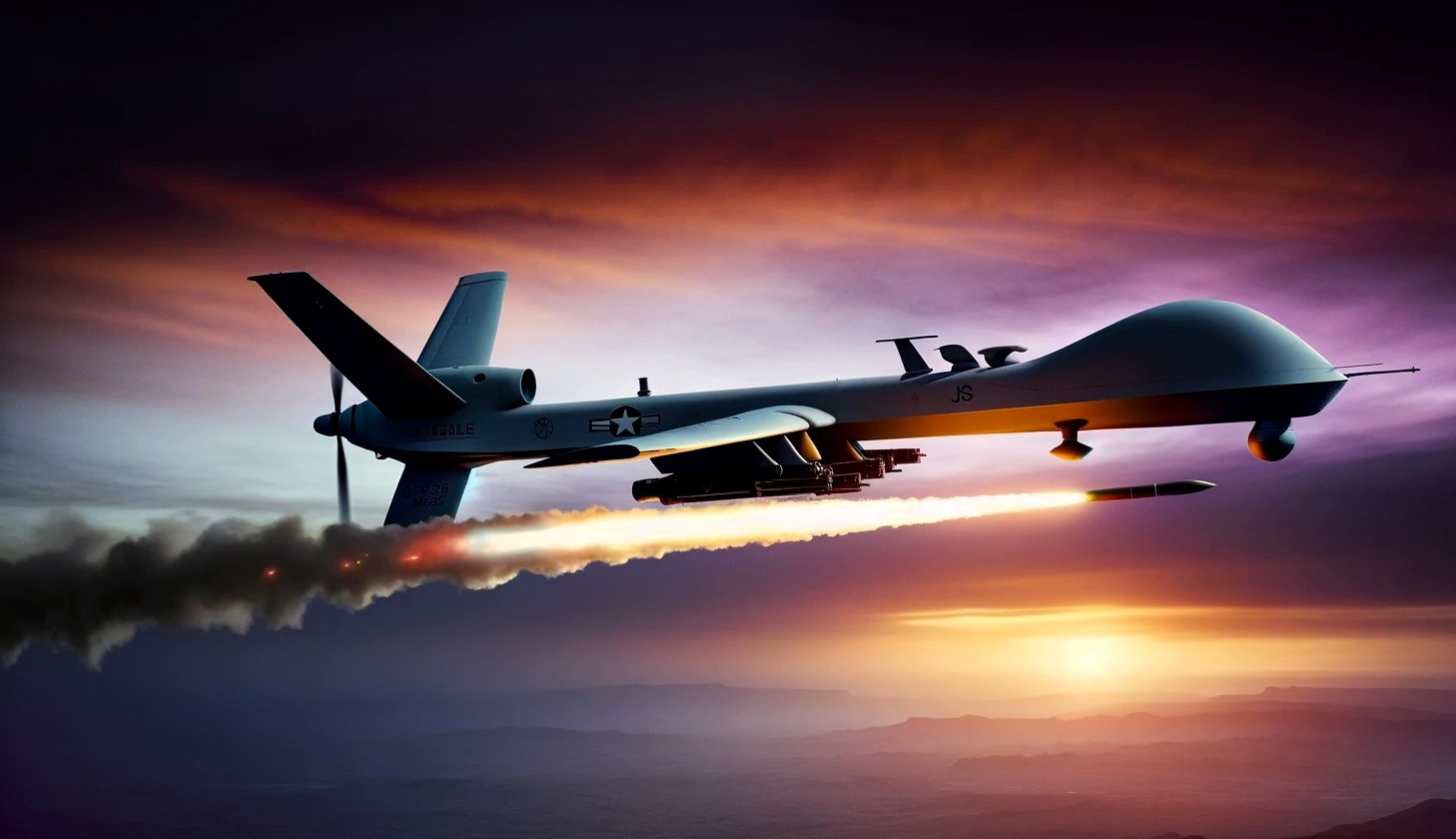In recent times, the global defence landscape has witnessed significant advancements in unmanned aerial vehicles (UAVs), commonly known as drones. One of the most groundbreaking developments in this field is the acquisition of the Predator drone by the Indian government.
The Predator MQ-9B armed drone, manufactured by General Atomics, is set to revolutionize India’s defence capabilities. In this comprehensive guide, we will explore the features, strategic importance, and potential impact of the Predator drone on India’s national security.
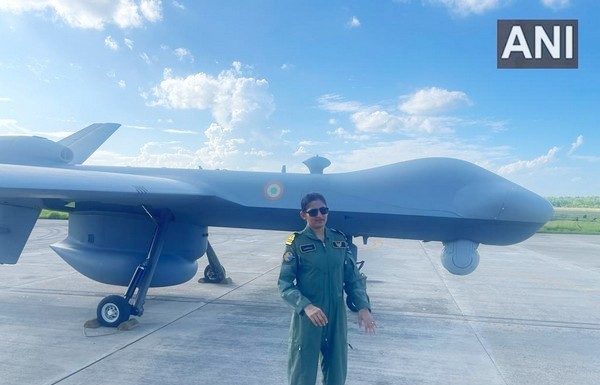
Predator MQ-9B Drone Specifications
| Specification | Detail |
|---|---|
| Manufacturer | General Atomics Aeronautical Systems |
| Role | Remotely Piloted Aircraft (Surveillance, Reconnaissance, and Precision Strike) |
| First Flight | February 2, 2001 |
| Introduction | 2007 |
| Status | Active |
| Primary Users | United States Air Force, Royal Air Force, Italian Air Force, others |
| Crew | 0 (Remotely piloted) |
| Length | 36 ft (11 m) |
| Wingspan | 65.6 ft (20 m) |
| Height | 12.5 ft (3.8 m) |
| Empty Weight | 4,901 lb (2,223 kg) |
| Max Takeoff Weight | 10,494 lb (4,760 kg) |
| Powerplant | 1 × Honeywell TPE331-10 turboprop engine, producing 950 hp (710 kW) |
| Maximum Speed | 300 mph (482 km/h, 260 knots) |
| Cruise Speed | 194-230 mph (313-370 km/h, 169-200 knots) |
| Range | 1,151 mi (1,852 km, 1,000 nautical miles) |
| Endurance | 14 hours (24 hours with extended fuel tanks) |
| Service Ceiling | 50,000 ft (15,240 m) |
| Armament | Up to 3,850 lb (1,746 kg) of payload, including: |
| – AGM-114 Hellfire missiles | |
| – GBU-12 Paveway II laser-guided bombs | |
| – GBU-38 JDAM (Joint Direct Attack Munitions) | |
| – AIM-9 Sidewinder missiles (for self-defense in some versions) | |
| – GBU-49 and GBU-54 laser-guided bombs |
The Need for Enhanced Surveillance and Strike Capabilities
Over the years, India has faced multiple security challenges, both from state and non-state actors. To safeguard its borders, monitor adversarial activities, and maintain peace in the region, India requires cutting-edge surveillance and strike capabilities. The acquisition of the Predator drone is a significant step towards fulfilling these requirements.
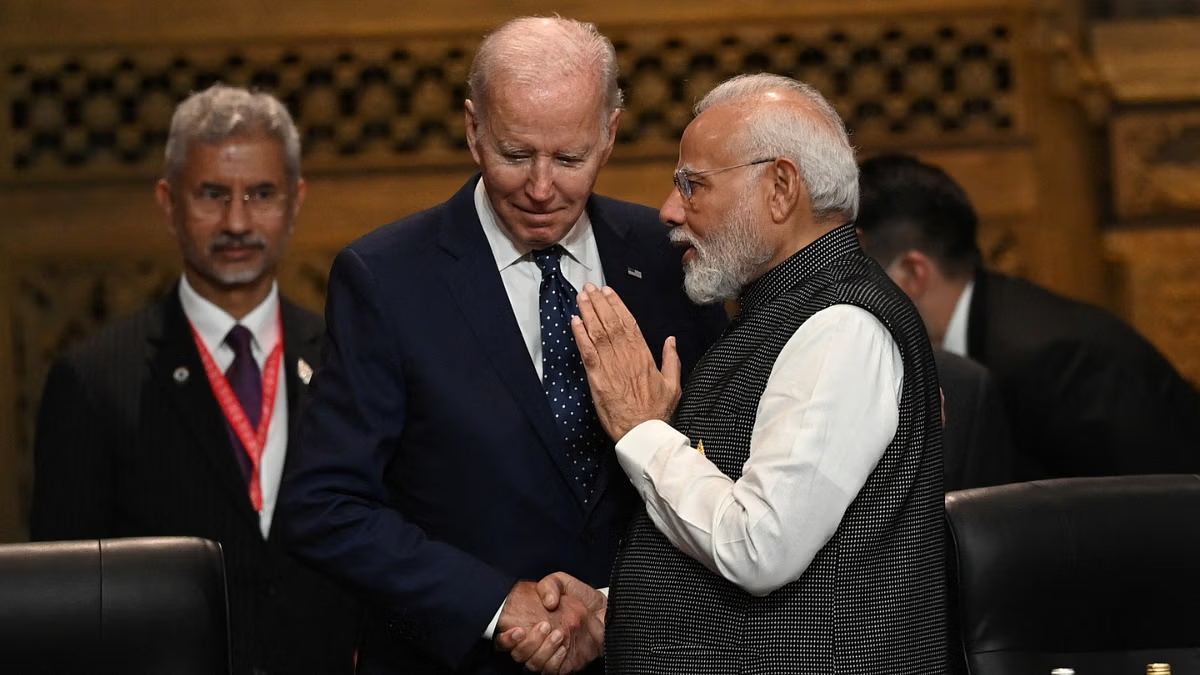
The Predatory Power of the MQ-9B Drone
The MQ-9B Predator drone is a high-altitude, long-endurance unmanned aerial vehicle that offers unparalleled surveillance and precision strike capabilities. Equipped with advanced technology and sophisticated weaponry, this drone is capable of gathering real-time intelligence, conducting reconnaissance missions, and carrying out targeted strikes with exceptional accuracy.
Unmatched Surveillance Capabilities
The Predator drone’s advanced sensor suite, including embedded global positioning and inertial navigation systems (EGIs) and high-resolution cameras, enables it to gather crucial intelligence by capturing crystal-clear images and videos. With an operational ceiling of 27,000 feet and the ability to look down on the enemy from nearly 50,000 feet, the drone provides an unmatched aerial surveillance advantage.
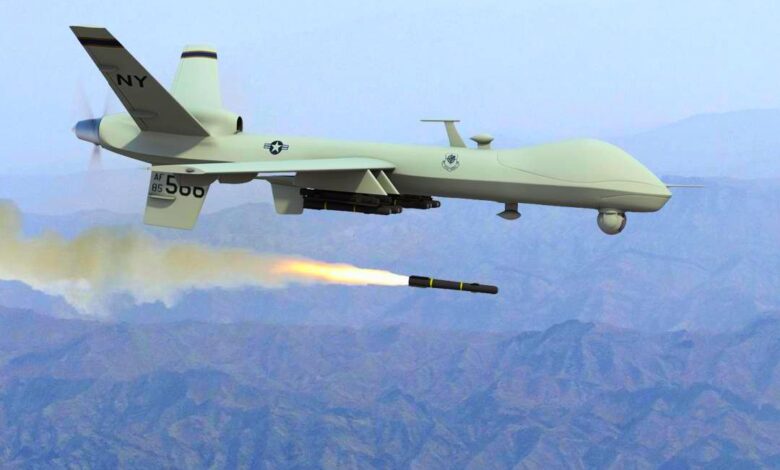
Precision Strikes with Lethal Payload
Armed with Hellfire missiles and laser-guided bombs, the MQ-9B Predator drone possesses formidable strike capabilities. The 170 Hellfire missiles, with an 11-kilometer range, and 310 laser-guided bombs, with a range of nearly 150 kilometers, significantly enhance India’s counter-terrorism capabilities. These lethal payloads allow for targeted strikes on adversaries without crossing borders, ensuring the safety of Indian forces.
Extended Reach and Endurance
With a flight endurance of up to 35 hours, the MQ-9B Predator drone can operate for extended periods, providing continuous surveillance and monitoring in critical areas. Its long-range capabilities enable India to project power thousands of kilometers away from its borders, bolstering its military presence in the Indo-Pacific region.
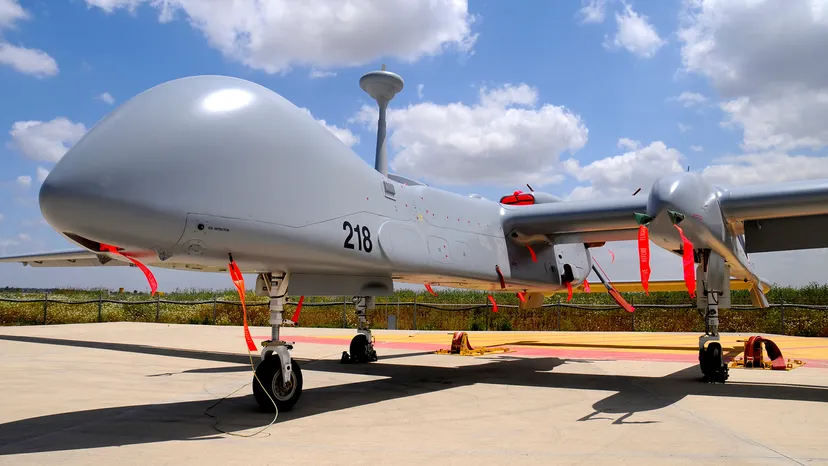
The Importance of the Predator Drone for India’s National Security
The acquisition of the Predator drone is a game-changer for India’s national security, offering numerous strategic benefits. Let’s delve into the key reasons why this armed drone holds immense significance for the country.
Strengthening the Indo-Pacific Presence
As an emerging global power, India seeks to enhance its presence and influence in the Indo-Pacific region. The MQ-9B Predator drone provides the Indian Navy, Indian Army, and Indian Air Force with a force multiplier, enabling them to project power and maintain maritime domain awareness. With 15 drones allocated to the Indian Navy and 8 each to the Army and Air Force, India gains a significant advantage in monitoring and countering any expansionist activities by adversarial navies.
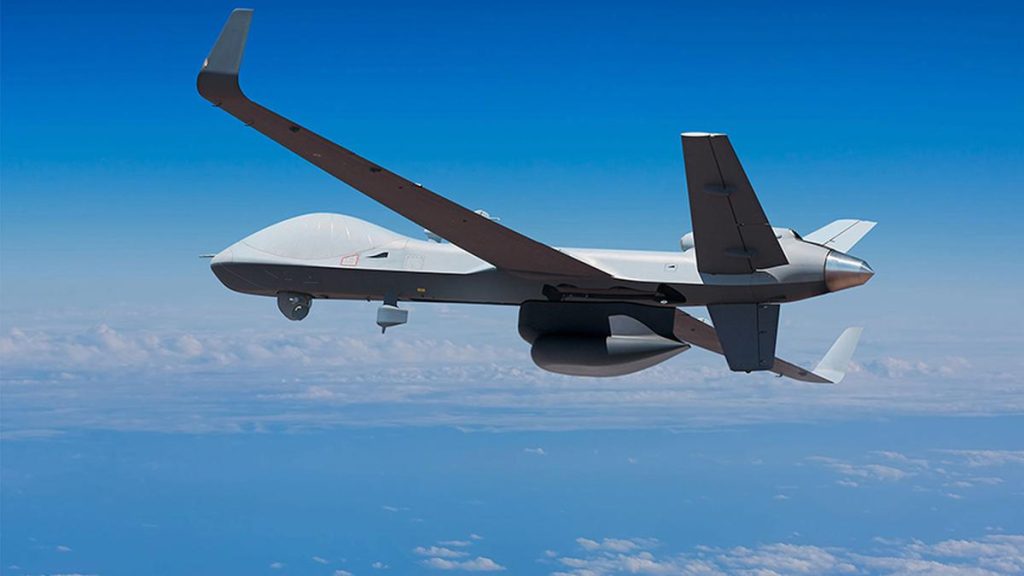
Effective Border Surveillance and Counterterrorism Measures
India’s borders, especially those with China and Pakistan, have been subjected to frequent security threats. The MQ-9B Predator drone’s surveillance capabilities and lethal strike potential enable Indian security forces to effectively monitor and secure these borders. The drone’s ability to detect missile silos, rocket system deployments, and troop movements along the Line of Actual Control (LAC) provides critical intelligence for counter-deployment, ensuring preparedness and deterring adversaries.
Plug the Gaps with Loitering Ammunition
The MQ-9B Predator drone’s integration with loitering ammunition fills critical gaps in India’s border security. Loitering ammunition refers to munitions that can hover over a target area and engage enemy forces with precision. By utilizing loitering ammunition, the Indian Army can effectively counter intrusions and plug gaps along the borders, enhancing its defensive capabilities.
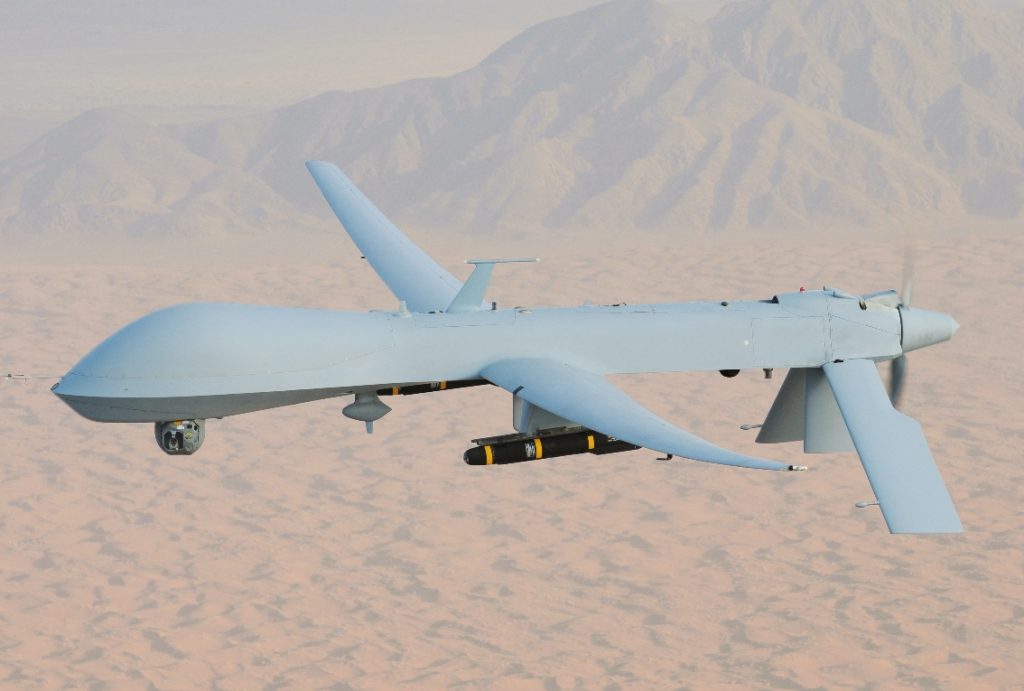
The Indo-US Defence Partnership
The acquisition of the Predator drone is a testament to the strengthening Indo-US defence partnership. The United States, acknowledging India’s role as a major defence partner, has approved the sale of 31 armed MQ-9B SkyGuardian drones to India. This partnership fosters mutual strategic benefits, technological cooperation, and military collaboration in the region.
Congressional Approval and Strategic Cooperation
The US State Department, following a tiered review process, has received congressional approval for the sale of the Predator drones to India. This approval reflects the growing strategic cooperation between the two nations. The US Congress plays a vital role in the arms transfer process, ensuring transparency, and addressing any concerns or queries from the members of Congress.
Advancing Strategic Technology Cooperation
The acquisition of the Predator drones offers significant potential for advancing strategic technology cooperation between India and the United States. As part of India’s Atmanirbhar (self-reliance) policy, negotiations between General Atomics and the Ministry of Defence will cover crucial aspects such as price, configuration, local assembly, and technology transfer. This collaboration aligns with India’s vision of developing indigenous defence capabilities and fostering technological self-sufficiency.
Strengthening the US-India Strategic Relationship
The sale of the Predator drones strengthens the strategic relationship between the United States and India. The United States recognizes India’s role as an important force for political stability, peace, and economic progress in the Indo-Pacific and South Asia region. The acquisition of advanced defence technology reinforces India’s position as a reliable and capable partner in promoting regional security and stability.
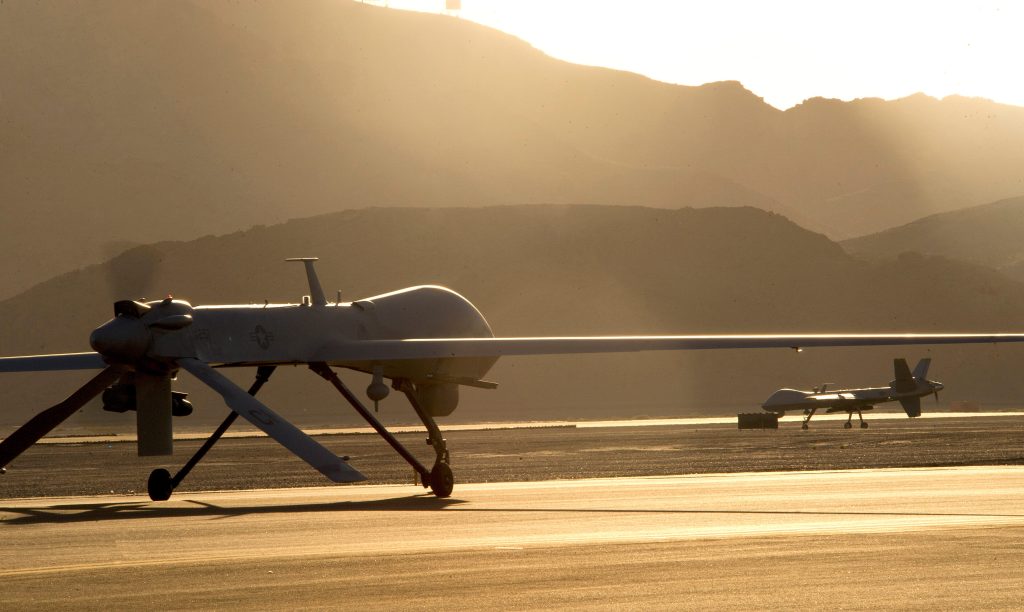
Conclusion: Empowering India’s Defence Capabilities
The introduction of the Predator MQ-9B armed drone marks a significant milestone in India’s defence capabilities. With its unparalleled surveillance capabilities, lethal strike potential, extended endurance, and strategic importance, the Predator drone serves as a force multiplier that empowers India to safeguard its borders, deter adversaries, and maintain peace and stability in the region. This game-changing acquisition reflects India’s commitment to modernizing its military and enhancing its national security. As the partnership between India and the United States grows stronger, the Predator drone stands as a symbol of technological advancement and cooperation in the pursuit of a secure and prosperous future.

